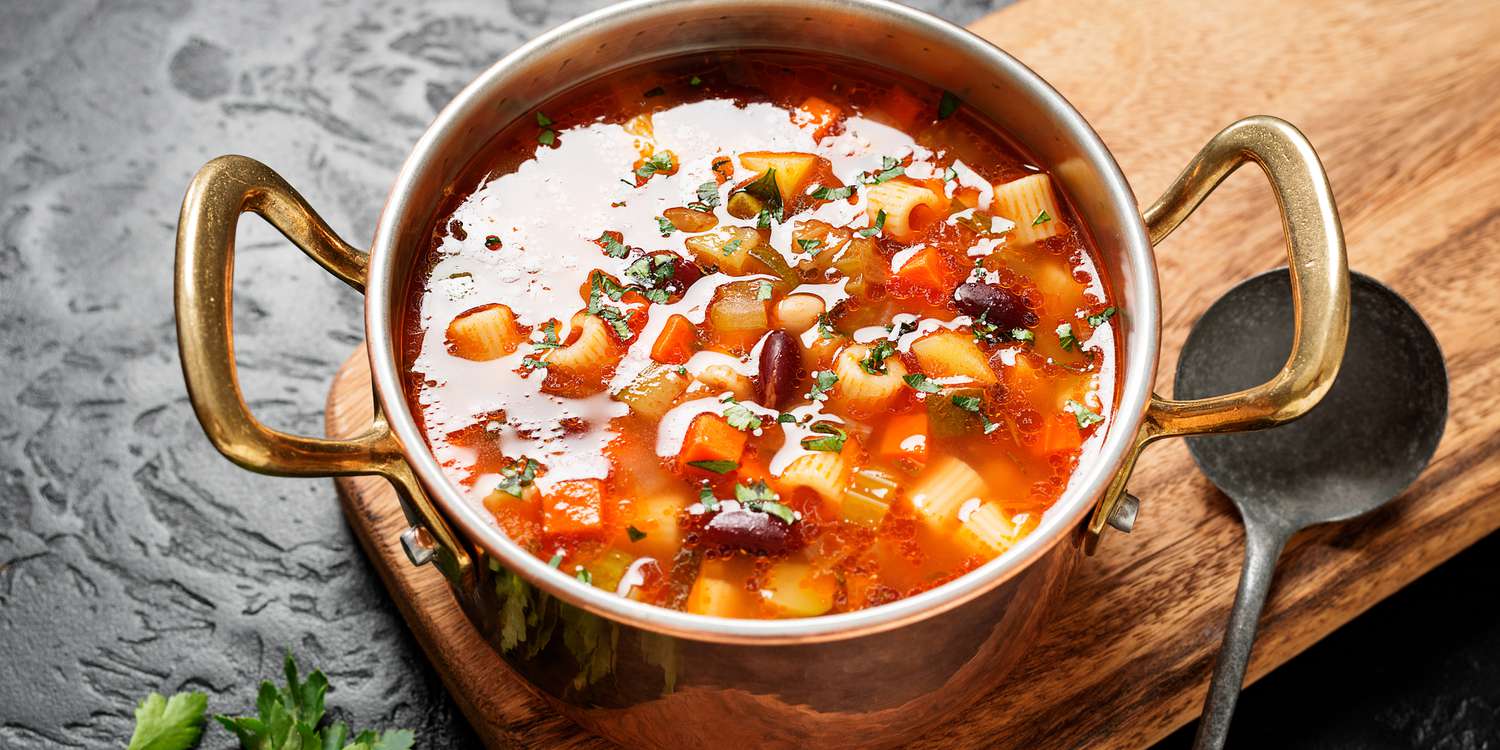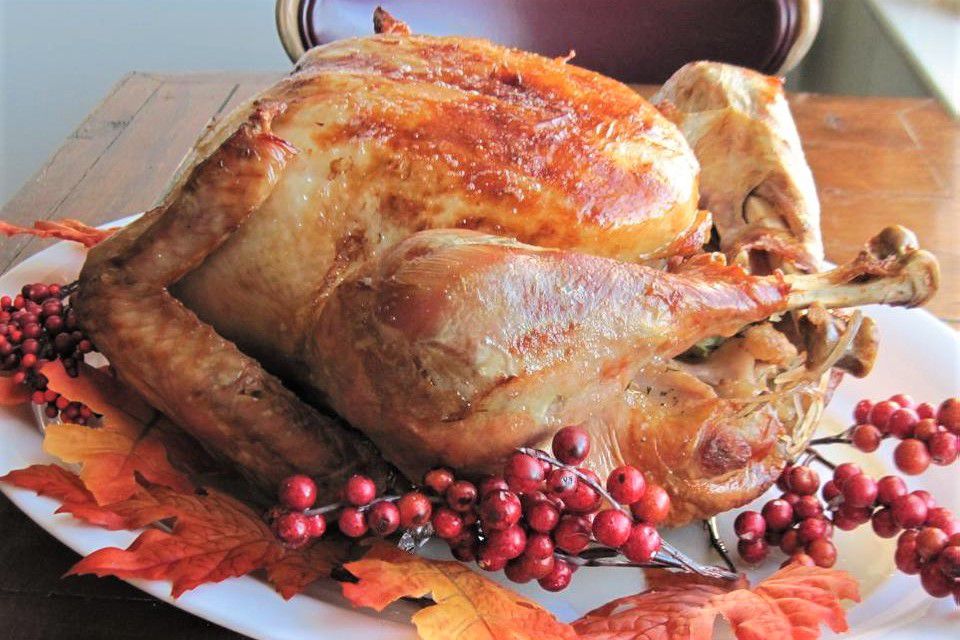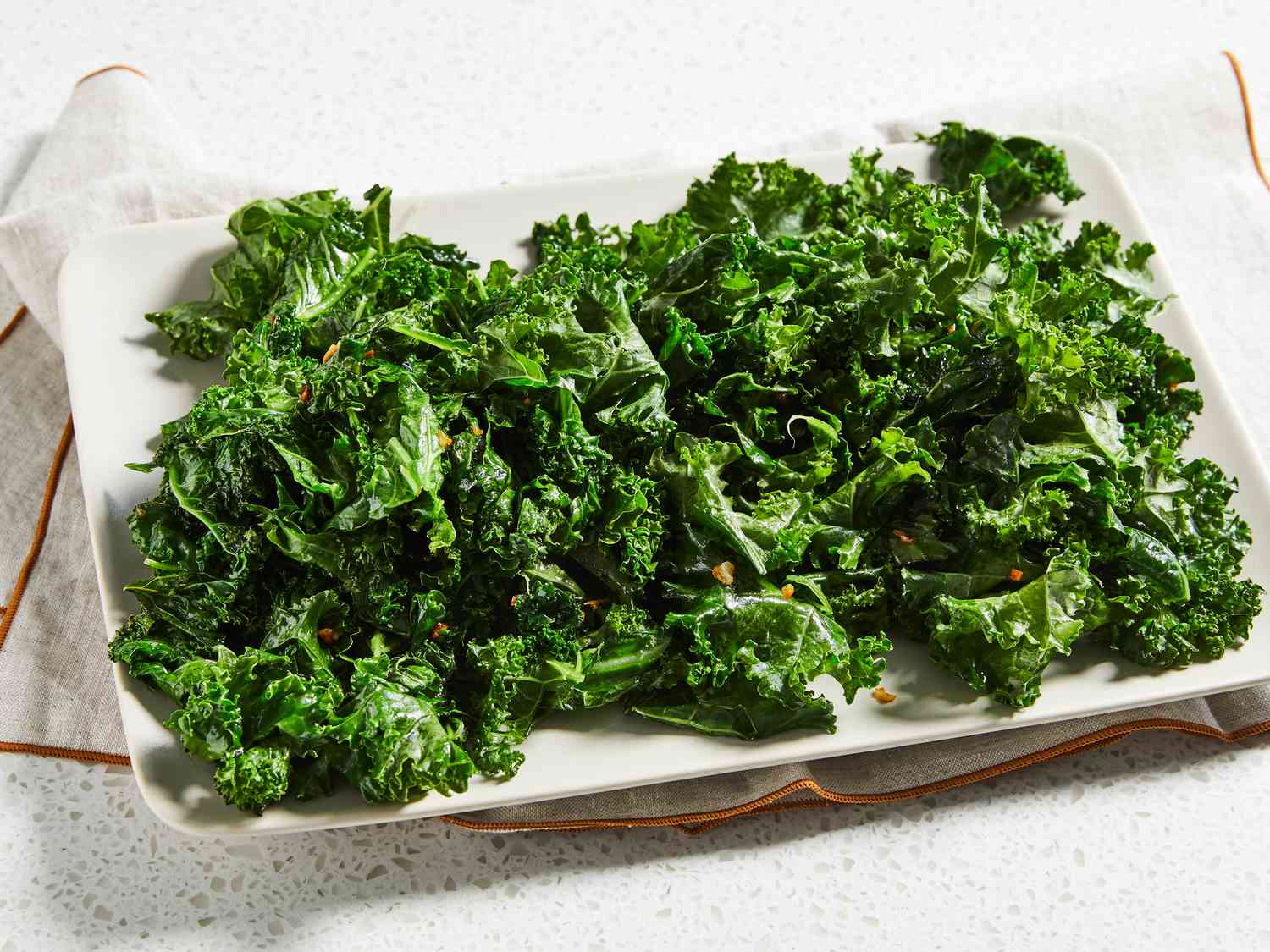I love when someone walks in the house, smells the aroma of something wonderful coming from the kitchen, and asks the question many home cooks love to hear: “What smells so good?” That question isn’t asked often in the summer, at least not in my home when many meals are cold or cooked outside. But once the weather turns chilly and soup season arrives, I hear that question often.
I frequently stick with the classics: chicken noodle, roasted butternut squash, tomato, ham and bean, and my absolute favorite—minestrone. I have used the same minestrone recipe for many, many years. I discovered it here on Allrecipes sometime in the mid-aughts (can we please find a better name for that decade?), and it’s been on heavy rotation during fall and winter ever since.
Jamie’s Minestrone Soup is clearly a favorite of many Allrecipes readers. It has a 4.7-star rating from over 2,500 people, and the comments are full of praise for the soup and suggestions on switching it up to suit your individual tastes.
I usually follow the recipe to a T with the exception of one addition. I throw in leftover Parmesan cheese rinds—usually two of them—before the 30- to 40-minute simmer time. The soup gets topped with shredded Parm when serving, but adding the rind to the pot while the soup is simmering gives it an additional depth of nutty flavor that takes the already-excellent soup up a notch. Plus, it’s a way to get a little more use out of expensive Parmesan.
Why You Should Add Parmesan Rinds to Soup
As Parmesan cheese ages, the outside of the wheel naturally hardens more than the inside and becomes what we call the rind. It’s still cheese. It’s still edible, but it’s not too enjoyable to eat in its extra-hardened form. When a wheel of Parmesan is cut into wedges, the end of the wedge will contain some rind. Many people toss the rind when they’ve eaten the rest of the nutty, tangy, hard cheese.
Instead of tossing them, keep them in a container or a freezer-safe zip-top storage bag in your freezer until you’re making a soup, stew, risotto, pasta sauce, or another dish that could benefit from some extra nutty depth of flavor.
If you’re unsure of which dishes that would be, a good rule of thumb is this: If it has Parmesan in it or if you grate Parmesan over the top when serving AND it’s something you can stir while it’s cooking, you can probably add a Parmesan rind to it.
Remove the Parmesan rind before serving. It will be soft and mushy. You could brush olive oil and garlic on slices of baguette or Italian bread, toast them up, and spread the softened rinds on the slices to eat. (Actually, you should do that.)
Other Ingredients That Work Well in Minestrone Soup
You can always switch up some of the vegetables or beans in a minestrone soup or add whatever kind of pasta you have in the pantry that you need to use up. As I was scrolling through some of the almost 1,800 comments on the Jamie’s Minestrone recipe, I found many additional ways Allrecipes’ members change the soup to fit their tastes. Here are a few of the ideas that caught my attention:
- Use cheese tortellini instead of shell pasta—from member Pam Bitter.
- The recipe works as well with either fresh or frozen green beans, rather than the canned beans that are called for—from member Bluegrassgurl716.
- Add a pound of pan-cooked ground pork—from member Sunnycado Flims!
- Use dried herbs if you don’t have fresh—from member naos3356. (Use 1/3 the amount of dried herbs as you would fresh herbs in any recipe. For this minestrone, use 2 teaspoons of dried basil instead of 2 tablespoons of fresh and 1 teaspoon of dried oregano instead of 1 tablespoon of fresh.)
- To make it vegan, use vegetable broth instead of chicken broth and skip the Parmesan cheese—from member Robyn. (Of course, also omit the Parmesan rind that I suggest.)




